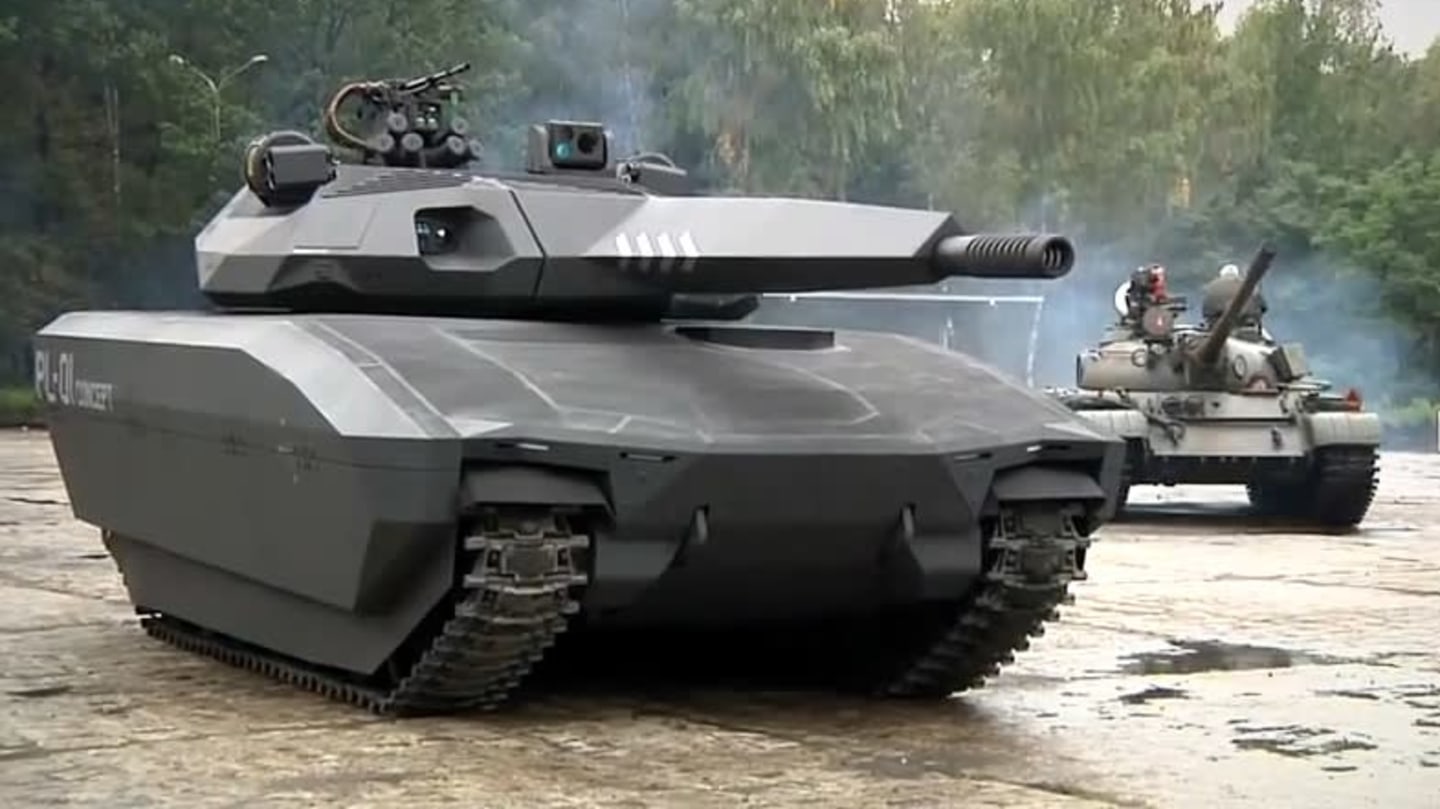

There's no sense to the thing, and for exactly that reason, it's the best kind of collection. It's spectacular, an entire Micro Machines collection come to life. Tanks, half-tracks, command vehicles, mine flails-Russian, British, French, and American, more than 150 of the things, and most seem to be in running order. Poking my head into the Sherman and T34, I learned that the allies had it far worse.įrom the summit of the Panther, you can see the world that collector Jacques Littlefield built around him. Somehow, five men would coax this thing into combat. Inside, the Panther is dark and unpleasant. RELATED: Don't be a NATO tank driver, just look like one "The Germans still called it a medium tank," says Rob. At around 50 tons to the Sherman's 33, it's about 50 percent heavier, too. The Panther is gigantic, dwarfing the neighboring Russian T34 and equally overwhelming the nearby American Sherman.

Jump, stretch, flop, flop, flop, and then repeat. I try many techniques, none elegant, before settling on a hybrid approach of a swimmer exiting a pool and a salmon swimming up a waterfall. At least, that's what Rob Collings says as he watches me try to hurtle myself up the side of an immaculately-restored German Panther. There's no right or wrong way to get on a tank. In minutes, I'm giddily climbing across their backs. So much larger than life, so special and rare and valuable, it's incongruous that they aren't even a little fragile. Inside the warehouses, the rows of tanks are remarkably approachable.


 0 kommentar(er)
0 kommentar(er)
